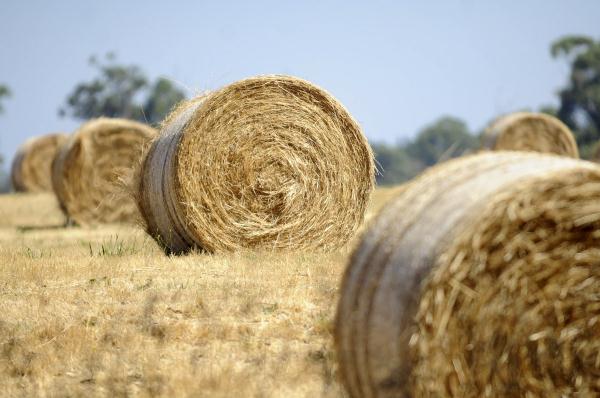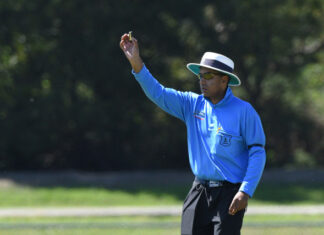By FRANK MICKAN, DEDJTR ELLINBANK
MOST people have an idea of their bale weights, or do they?
A recent hay bale weight guessing competition by the Australian Fodder Industry Association (AFIA) found only eight of the 200 entries estimating a bale’s weight got even close.
The bale weighed 404 kilograms with the estimates ranging from 250 to 2000kg, with most guesstimates between 500kg and 800kg.
To be fair, it is almost impossible to have every bale of identical size and weight.
Both can vary due to plant maturity at harvest, hay moisture content, bale density and if and how the bale diameter is determined by either the equipment alert system and/or the operator.
When cattle are sold by weight or when you buy grain or fertiliser, you expect to pay on their accurate weight as per scales?
Yet when dealing with hay, this rarely happens unless the purchased load is put across a weigh bridge which can be awkward, but it is possible to beg, borrow or steal a cattle weighing scale, set them up and weigh a few bales.
It may be a hassle but it could save you money.
Unlike silage, hay does have reasonably consistent moisture content at baling.
However, even if identical bale volume could be produced with any bale size (and form), weights will vary a bit due to the moisture content at baling, bale density and the maturity and forage type.
Hay bought or baled on a per bale basis can be a minefield and, if possible, should be avoided and buying price/baling charges should be on a weight basis, or at least with agreed bale size and reasonable density.
However, in practice, variation in bale weight for a given bale size is frighteningly wide.
Bale density is influenced by wrap tightness and bale compression and can vary substantially according to the operator’s preference and ability of the equipment used.
Most balers have a range of settings that enable wrap tightness and bale compression can be increased or decreased.
Mind you, some balers can produce soft centres or the compression backed off for forage which may not be fully cured to allow heat and sweat loss.
Density is also affected by plant maturity, leafy pasture being more dense than older “stemmy“ pasture.
Similarly lucerne is more dense than cereal hay and forage species.
The only bale weights that really matter are the ones you measure or on a weight bridge ticket which allows you to assess the real price of the hay.
Weight is also very useful when rationing hay out to animals.






